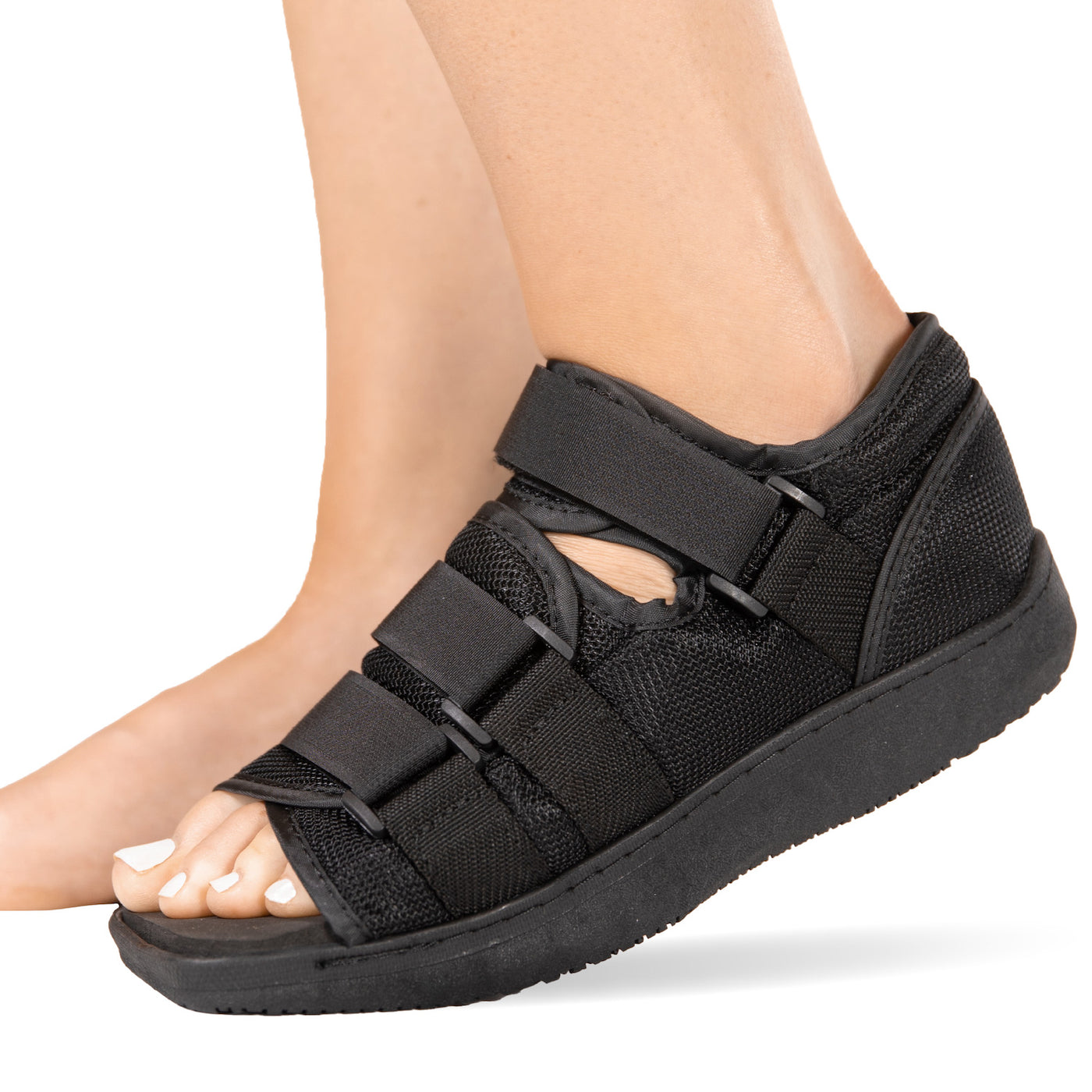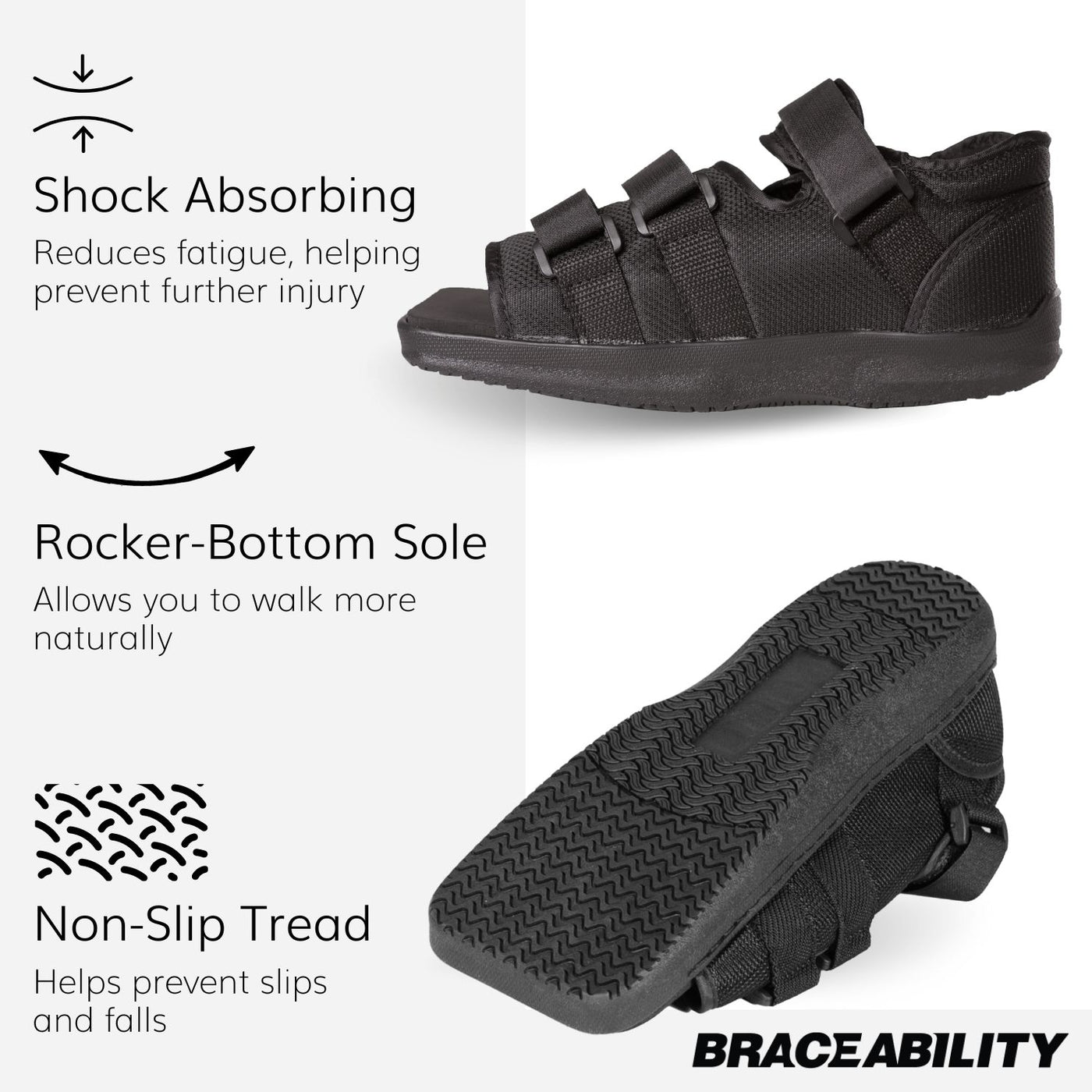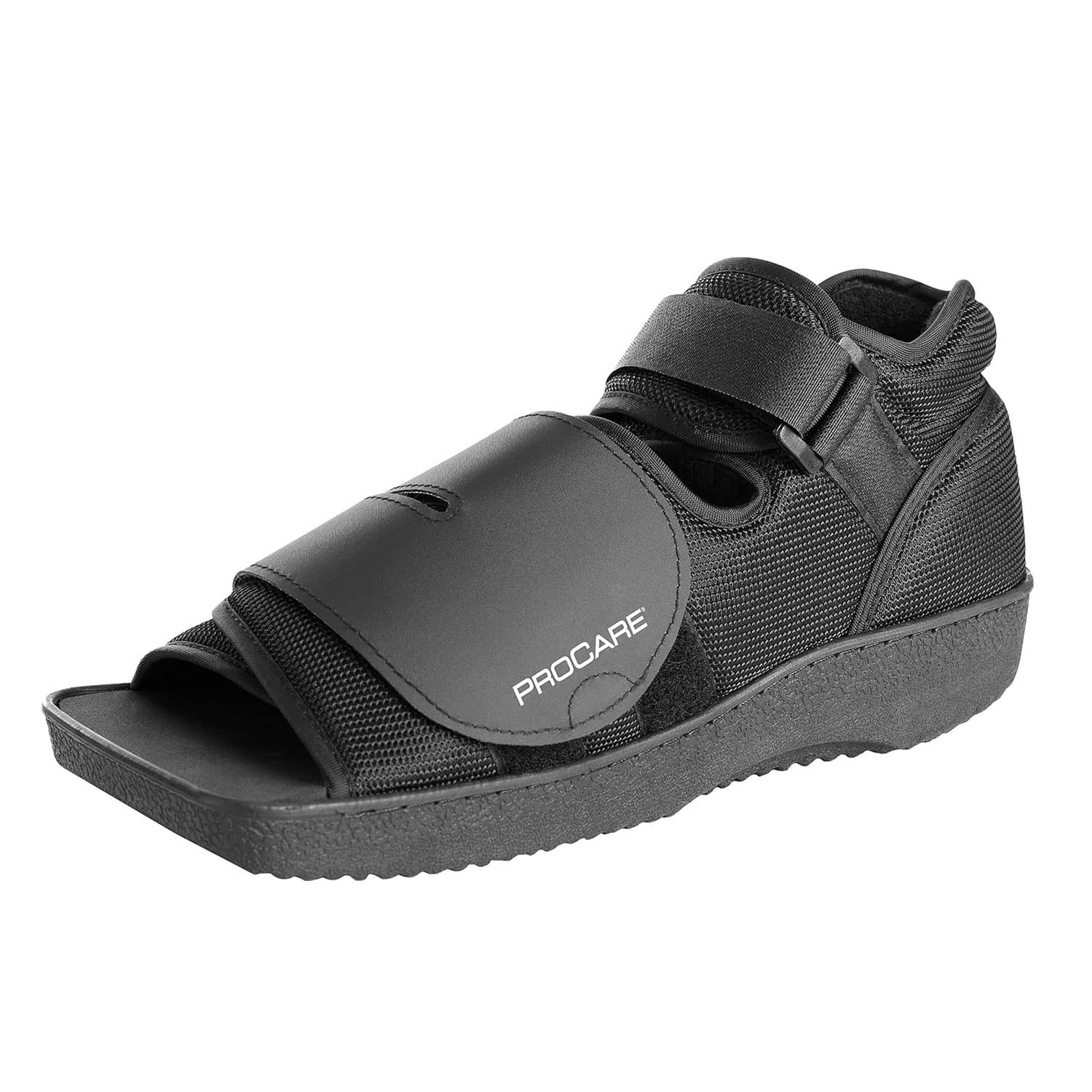Recovering from a fracture can be a challenging journey. One crucial aspect that directly affects your recovery is the type of footwear you choose. Stiff soled shoes specifically designed for fractures provide essential support and protection during the healing process. In this article, we will explore the benefits, features, and considerations of using stiff soled shoes for fractures and offer tips for choosing the right pair.
Understanding Fractures and Recovery
What is a Fracture?
A fracture is a medical term for a broken bone, which can result from various factors such as trauma, accidents, or underlying health conditions like osteoporosis. Fractures can range from hairline cracks to complete breaks, and the recovery process often requires immobilization and careful attention to movement.
The Importance of Proper Footwear in Recovery
After a fracture, wearing the right type of footwear is essential. Stiff soled shoes help provide support and stability, minimizing the risk of further injury. They can also aid in proper alignment of the foot and ankle, allowing for a smoother healing process.
Features of Stiff Soled Shoes for Fracture

Stability and Support
One of the primary benefits of stiff soled shoes is their ability to provide enhanced stability. These shoes typically feature reinforced soles that limit excessive movement, thus protecting the healing bone.
Orthotic Compatibility
Many stiff soled shoes offer compatibility with orthotics, allowing individuals to customize their footwear according to their specific needs. Orthotic inserts can provide additional cushioning and arch support, enhancing comfort during recovery.
Materials Used
Stiff soled shoes are often made from durable materials such as leather, synthetic fabrics, or a combination. These materials provide the necessary support while maintaining breathability and comfort.
Adjustable Features
Some stiff soled shoes come with adjustable straps or laces that improve fit and comfort. This feature is particularly beneficial for those whose feet may swell during the healing process.

Types of Stiff Soled Shoes for Fracture
Walking Boots
Walking boots are often recommended for more severe fractures. These boots typically feature a stiff outer shell that limits movement, providing a safe environment for healing.

Pros and Cons of Walking Boots
- Pros: Maximum support, designed specifically for fractures.
- Cons: Can be bulky and cumbersome for everyday use.
Orthopedic Shoes
Orthopedic shoes are designed to provide support for various foot conditions, including fractures. They often come with stiff soles and can accommodate custom orthotics.

Pros and Cons of Orthopedic Shoes
- Pros: Comfort, support, and customizable options.
- Cons: May lack style and variety compared to regular shoes.
Stiff-Sole Sneakers
Stiff-soled sneakers provide a casual option with some level of support. These shoes are designed with sturdier materials and may come with additional cushioning.

Pros and Cons of Stiff-Sole Sneakers
- Pros: Versatile for casual wear, lightweight.
- Cons: May not provide enough rigidity for severe fractures.
Comparison Table of Stiff Soled Shoes for Fractures
| Type | Support Level | Comfort | Best For |
|---|---|---|---|
| Walking Boots | High | Medium | Severe fractures |
| Orthopedic Shoes | High | High | General recovery |
| Stiff-Sole Sneakers | Medium | High | Casual settings |

Choosing the Right Stiff Soled Shoes for Fractures
Consultation with a Healthcare Professional
Before selecting any footwear, it’s crucial to consult with a healthcare professional. They can provide personalized recommendations based on the specific type and location of your fracture.

Proper Sizing and Fit
Proper fit is essential for recovery. Ensure there is enough room to prevent pressure on the healing area while providing adequate support.
Material Considerations
Choose shoes made from breathable materials to avoid discomfort. Additionally, consider the stiffness of the sole; overly rigid shoes may not be comfortable for everyone.
Local Insights: Experiences with Stiff Soled Shoes
In the USA, many patients have shared their experiences with various stiff soled shoes after undergoing fracture recovery. In places like sunny California, where outdoor activities are popular, individuals have expressed the struggle of balancing recovery with maintaining an active lifestyle.
For instance, some have turned to stylish orthopedic shoes that offer the support they need while still being fashionable enough for casual outings. In contrast, those in colder states like Minnesota have favored durable walking boots that provide excellent support and protection from harsh weather conditions.
Pros and Cons of Stiff Soled Shoes for Fracture
Pros
- Enhanced stability and support.
- Reduces risk of re-injury.
- Can accommodate custom orthotics.
- Various styles available for different needs.
Cons
- Can be uncomfortable if worn for extended periods.
- May not suit everyone’s personal style.
- Costs may be higher than regular shoes.
Additional Tips for Recovery
Follow Medical Advice
It’s essential to adhere to your healthcare provider’s instructions regarding movement and weight-bearing on your injured limb. This will help ensure your recovery is as swift as possible.
Incorporate Physical Therapy
Engaging in physical therapy can be beneficial. A trained therapist can work with you to strengthen the muscles surrounding the fracture to promote faster healing.
Stay Positive and Patient
Fracture recovery can be a lengthy process. Stay positive and give yourself the time to heal fully. Remember, your body needs this time to recover properly.
FAQs About Stiff Soled Shoes for Fracture
1. What are stiff soled shoes?
Stiff soled shoes are specifically designed footwear that offers maximum support and reduces excessive movement, often recommended for those recovering from fractures or similar injuries.
2. Can I wear stiff soled shoes if I don’t have a fracture?
While stiff soled shoes are primarily designed for fracture recovery, individuals suffering from various foot conditions can also benefit from the additional support they provide.
3. How do I know if stiff soled shoes are right for me?
Consulting with a healthcare professional is the best approach to determine if stiff soled shoes are suitable for your needs, especially if you have a recent injury.
4. Are there stylish options for stiff soled shoes?
Yes! Many brands now offer stylish options for stiff soled shoes, allowing individuals to maintain a fashionable look during their recovery.
5. How long should I wear stiff soled shoes after a fracture?
The duration of wearing stiff soled shoes varies based on the severity of the fracture and your healthcare provider’s recommendations. Always follow their guidance for optimal recovery.
Conclusion
Choosing the right stiff soled shoes can significantly impact your recovery journey after a fracture. By considering factors such as support, fit, and style, you can find the perfect pair to help you stay comfortable while healing. Remember to consult with your healthcare provider for tailored advice, and don’t hesitate to explore the various options available on the market.
For more detailed information on fractures and footwear, visit the National Institutes of Health and the American Orthopaedic Foot & Ankle Society.